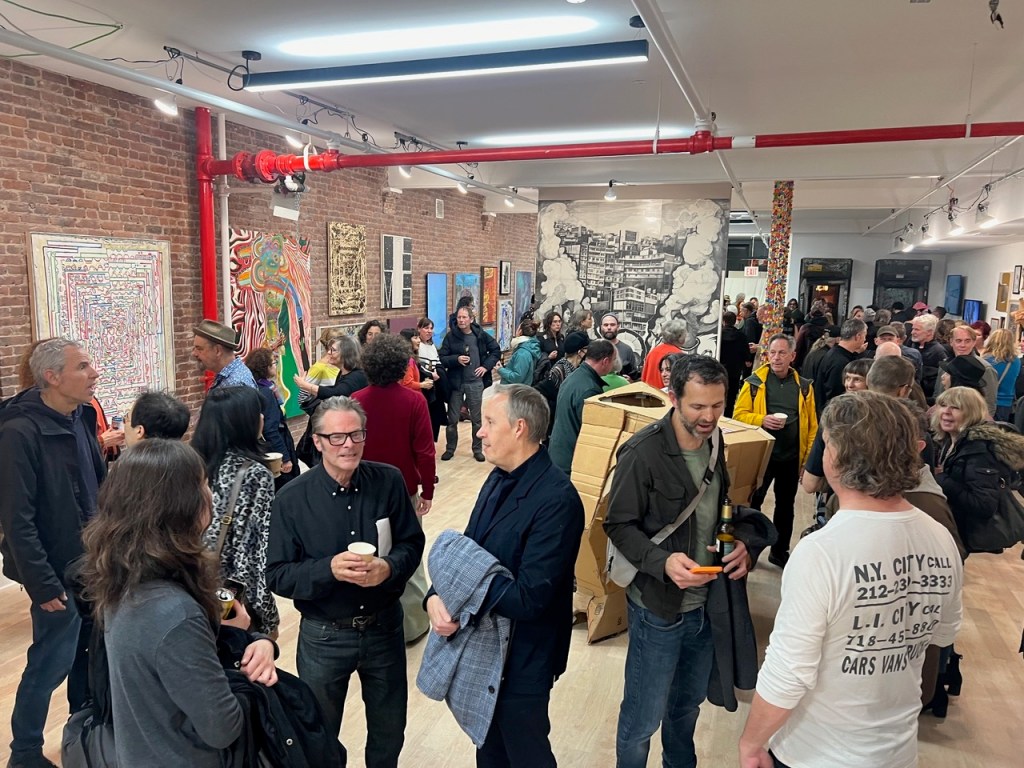
Contributed by Adam Simon / There have been group shows that represented cultural milestones – the Armory Show of 1913, the “‘Bad’ Painting” show at the New Museum in 1978, the Times Square Show of 1980. In the shadow of a foreboding US presidential election, “Pierogi 30” has that kind of historical weight. The show spans 30 years, including works dating back to the 1990s and others minted in 2024. I believe that Joe Amrhein and Susan Swenson have tried to include everyone who exhibited with the gallery over its entire 30-year run. Pierogi opened its doors in 1994 in Williamsburg, then the hub of a burgeoning artist community on the periphery of the New York art world. With this anniversary exhibition, a community as well as a single institution celebrates itself, its history, and the persistence of its gestalt.

At the show, I felt as though I was back in Williamsburg in the 1990s when a critical mass of artists pushed out of Manhattan by high rents were creating a rich stew of mostly analog invention. Sadly, some of the artists in the show are no longer with us – Meredith Allen, Dawn Clements, Matt Freedman, Pope L., Mark Lombardi, and Joyce Pensato to name a few. Like many artist-run spaces, Pierogi began as an extension of Joe’s studio. His key innovation was the flat files, a way to showcase far more artists than he could exhibit in the gallery. Created out of a spirit of generosity and inclusiveness, the flat files also connected Pierogi to a network of artists that was bigger than the roster of almost any other gallery in the New York area. Hundreds of artists claimed Pierogi as a place to see their work and most showed up for the openings. There were several incarnations of Pierogi after the early Williamsburg days. From 2006 to 2008, a second space was operated in Leipzig, Germany. In 2009, the Brooklyn venue expanded to include the Boiler, a vaulted space able to accommodate large scale installations and performances that had once housed a boiler for several buildings. Eventually, Pierogi did venture into Manhattan, operating a ground-floor space on Suffolk Street from 2016 to 2020. Currently the gallery is in flux, focusing on pop-up shows.
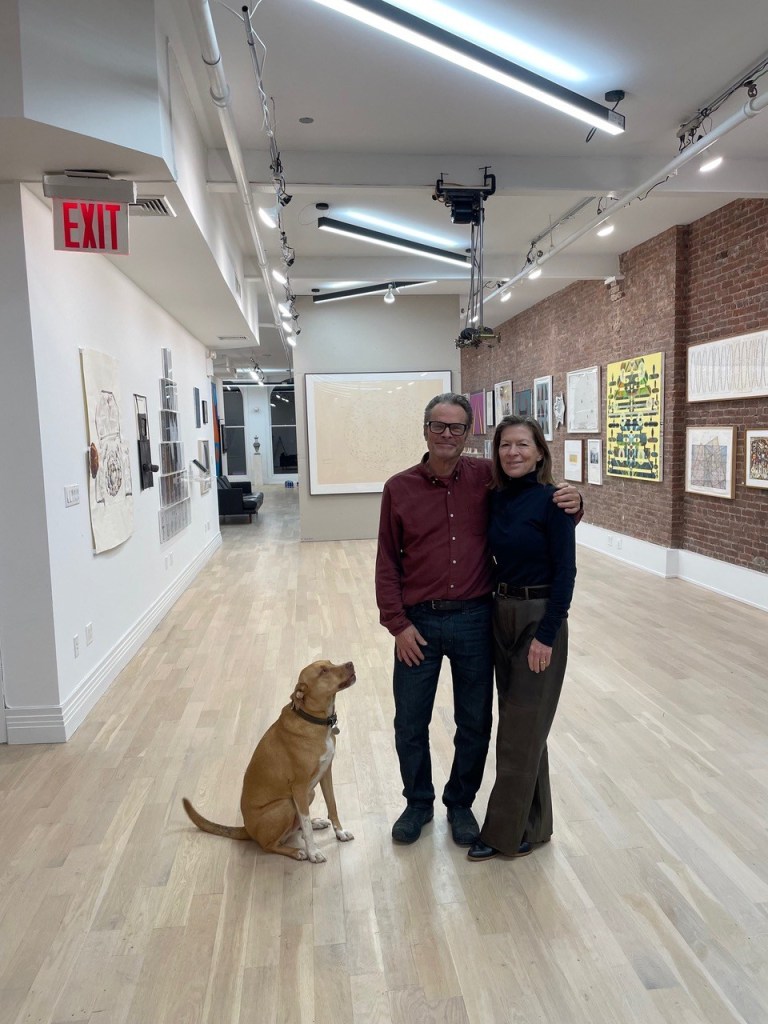
The sheer range of styles, media, statements, ideas and personalities at Pierogi 30 makes it resolutely democratic. There are 163 artworks displayed and approximately 132 artists. Despite the inclusion of artists who now have international careers, and despite the range of sizes from wall-size to handheld and the salon-style stacking of works, each works asserts an individual presence. Nothing feels compromised or crowded out. It’s an array of well-conceived, well-executed, and sometimes brilliant art. If the art world is indeed a pyramid, “Pierogi 30” looks like the broad base that makes possible a duct-taped banana selling for $6.2 million. The eclecticism that I once associated primarily with Pierogi has become widespread in a way that makes Joe seem prescient. The absence of any dominant style or discourse has become a defining characteristic of our times. Why it developed and whether it is a good thing could be a conversation worth having.
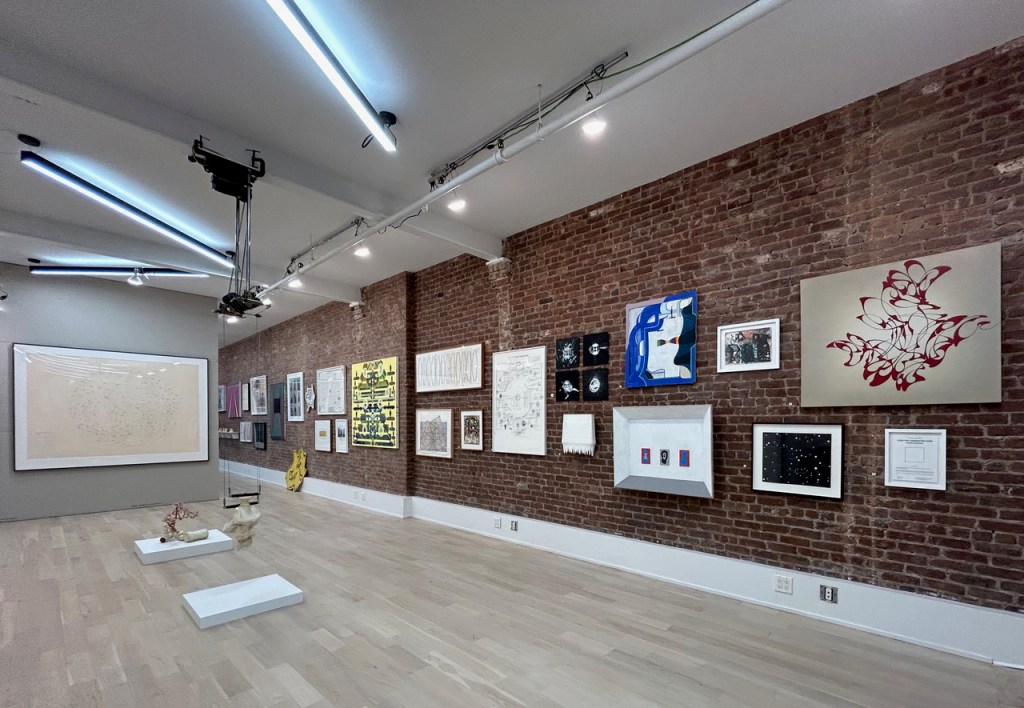
They say there is strength in numbers. It must be unusual to have so much work of such consistent inventiveness and originality crowded into one place. To a degree, the work is preselected in the sense that it is limited to that made by artists who have shown at Pierogi at one time or another. But Pierogi has also embodied the energizing spirit that washed over the Williamsburg community for a brief period, before the artists that had been priced out of Manhattan were forced by the next wave of rising rents to move on once again. That spirit yielded work that was distinctive. At the risk of being called out for the inevitable exceptions, I would say that there is not much at “Pierogi 30” that could be called classically depictive, an absence of carefully rendered landscapes or still-lives, and little formal abstraction or Minimalism. Humor abounds as does something that used to be called irony and now might be described more broadly as idiosyncrasy. The fact that so many people continue to make art that is personal, peculiar, and often willfully analog counters or at least tempers humanity’s slide towards technology-driven conformity and somnolence. Facing what feels like an uncertain and scary post-election future, we can still count on community and idiosyncrasy – two poles of ongoing resistance that Pierogi has helped cultivate and sustain.
“Pierogi 30: A Group Exhibition,” Pierogi, 394 Broadway, Third Floor, New York, NY. Through December 22, 2024.
About the Author: Adam Simon is a New York artist and writer. His most recent solo painting show was at OSMOS earlier this fall.
NOTE: We’re halfway through the Two Coats of Paint 2024 Year-end Fundraising Campaign! This year, we’re aiming for full participation from our readers and gallery friends. Your support means everything to us, and any contribution—big or small—will help keep the project thriving into 2025. Plus, it’s tax-deductible! Thank you for being such a vital part of our community and keeping the conversation alive. Click here to support independent art writing.


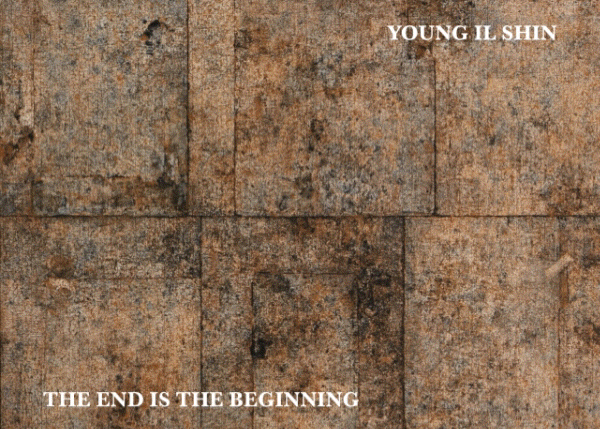
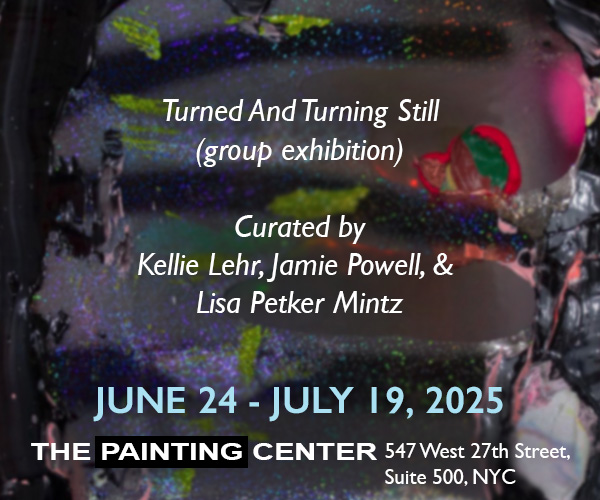
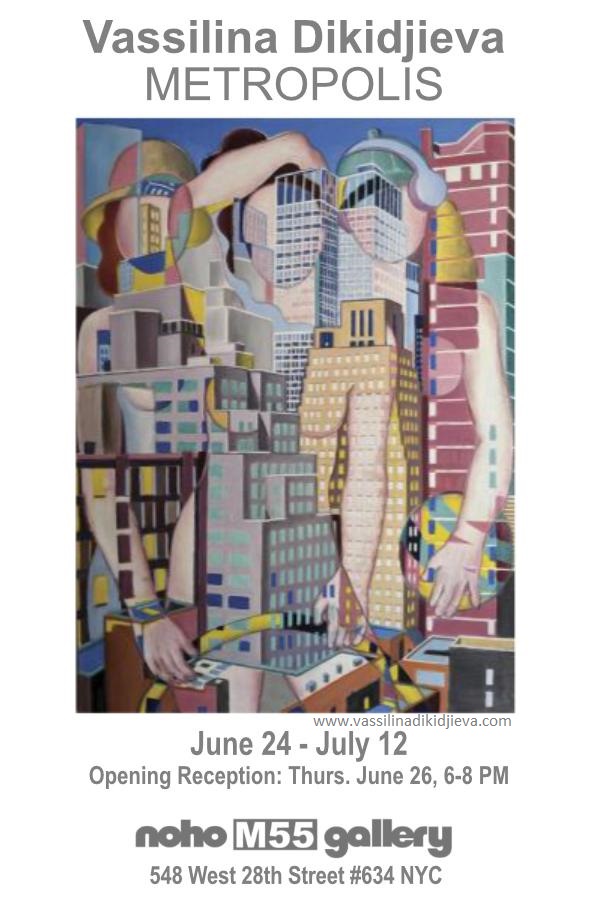
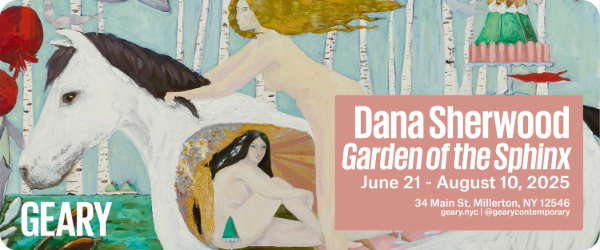










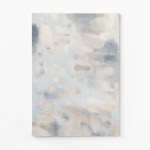
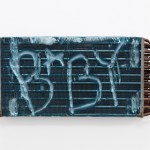
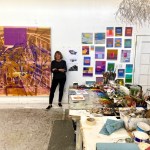
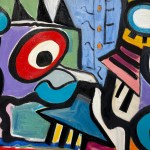
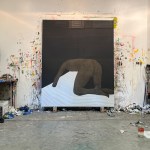
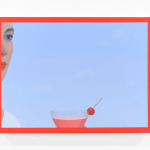
An excellent review!
Well said, Adam. You sum it up perfectly. It’s that hard to pull off thing, a truly great group show. Congrats all.
Thanks Kate, another great group show up now is ‘In the Dark’ at Studio 10, which includes your work. An earlier version of my article talked about the conversation happening in that space. Like you said, that kind of conversation is also hard to pull off.